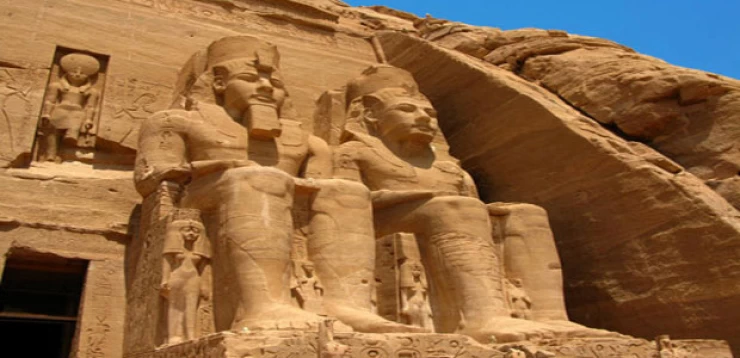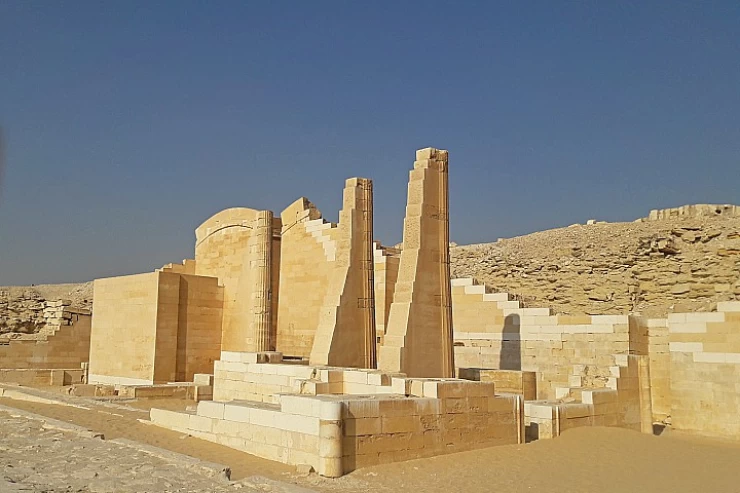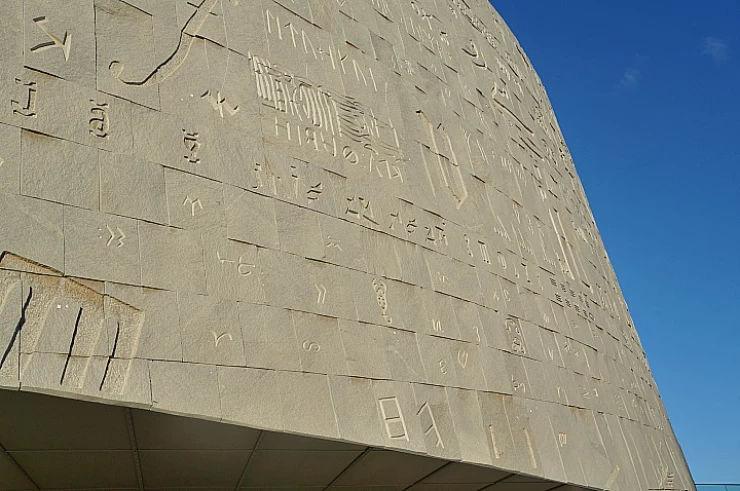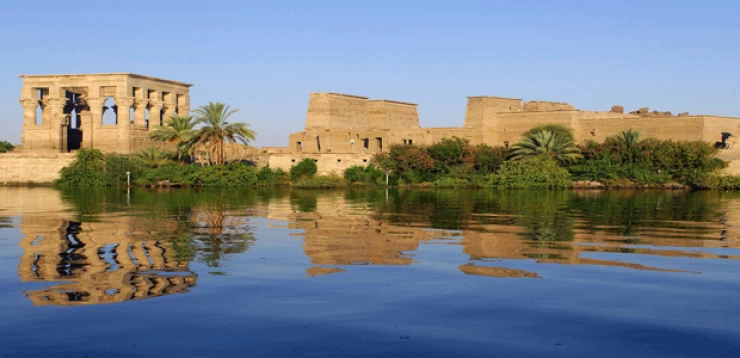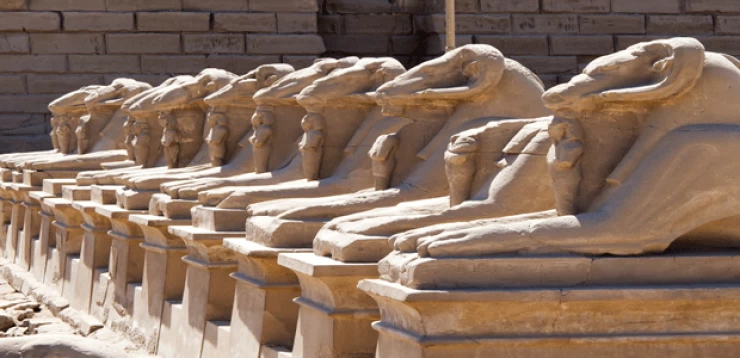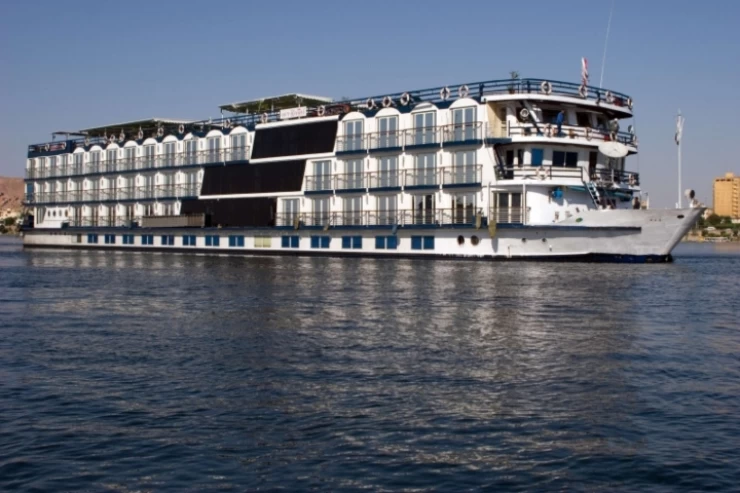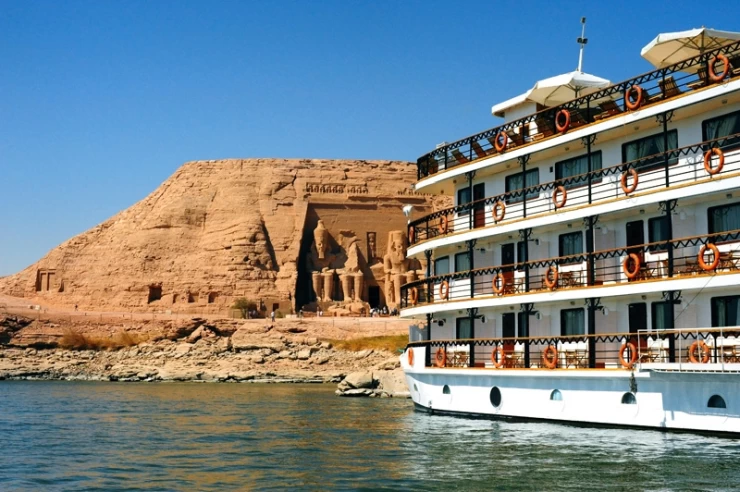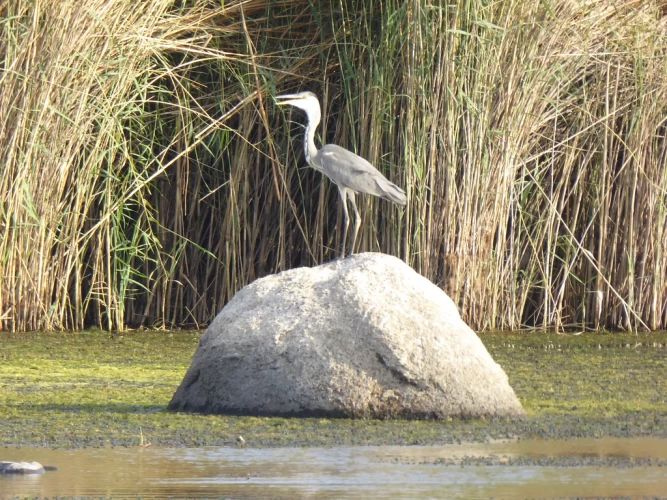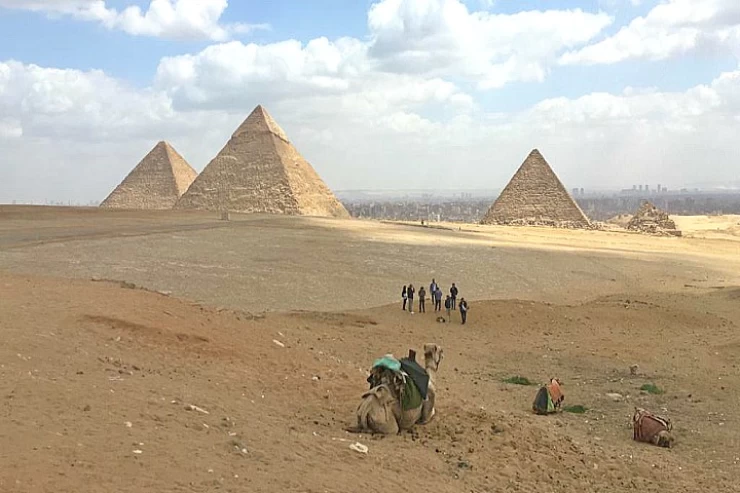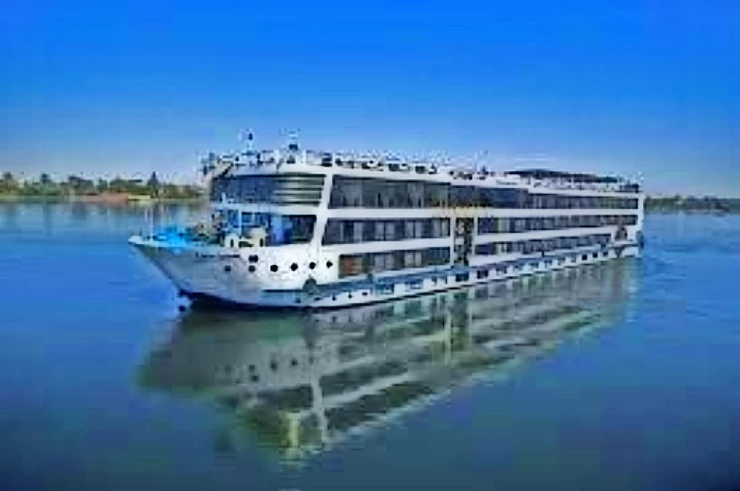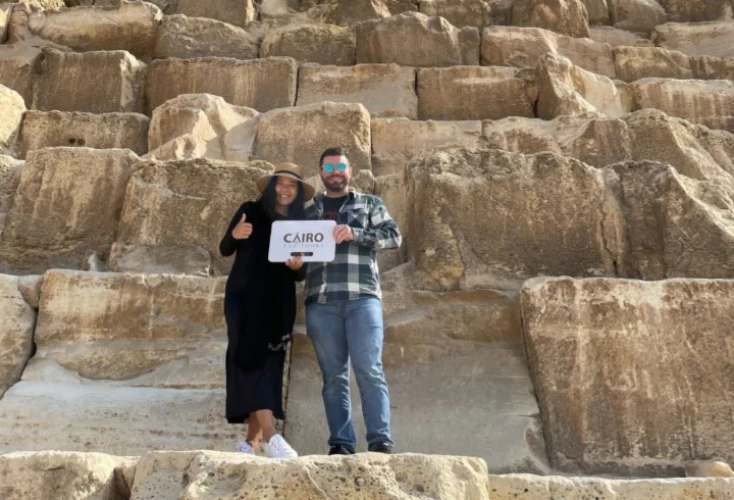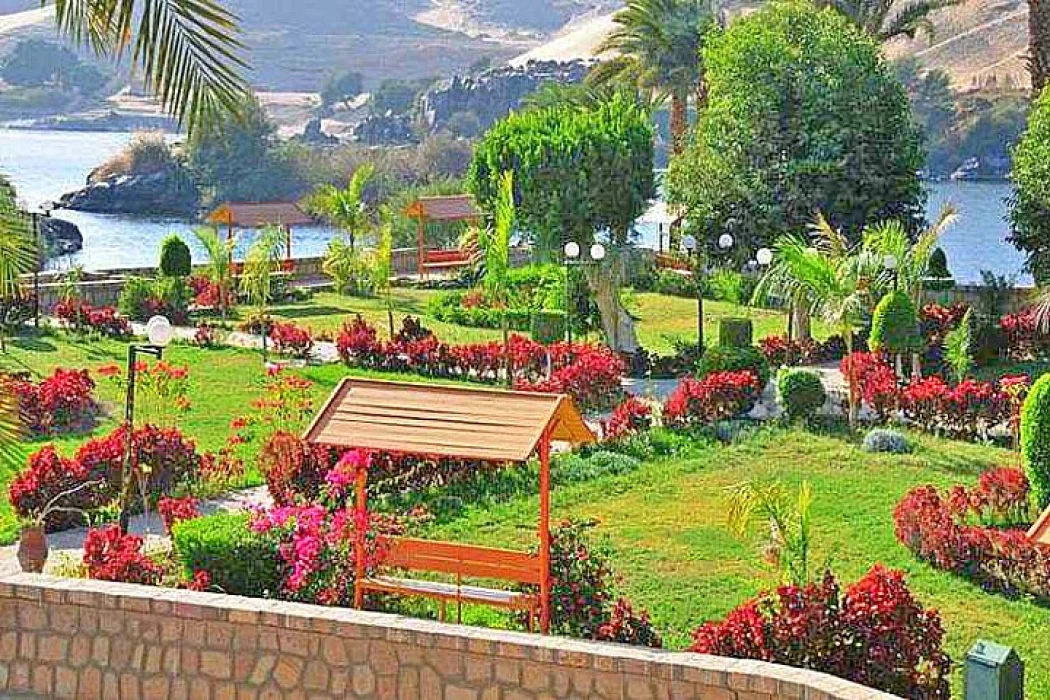
Aswan Botanical Gardens| El Nabatat Island in Aswan
El Nabatat Island in Aswan
It's right in the middle of the Nile, between the town of Aswan and the first dunes of the desert. A surprisingly lush garden island that precedes the Salouga and Ghazal nature reserve. Plants from all over the world
The Nubian population called it ‘Natron’ before it became ‘Kitchener Island’, named after the English general Horatio Kitchener, who created the garden.
When the general decided to create a garden on this island, he gave the order to bring in trees and plants from all over the world. So today, when you visit the garden, you can see plants from Asia, Africa, North America, Argentina, etc. The garden has also been planted with a large collection of palms, and in particular along a long avenue of royal palms (Roystonea regia), whose trunks are white and between 15 and 20 meters high.
The environment on this little island is ideal for a wide variety of trees, including fruit trees and perennials. It was once known as the Botanical Research Institute and is presently controlled by the Egyptian government.
A wide range of tree species, such as scented sandalwood, papaya, and grapefruit trees, may be found by visitors, along with palm trees like the royal and sabal palms. There are also aromatic and medicinal plants, such as cloves, hibiscus, ginger, and cardamom. To enjoy the variety of trees and attractive plants, visit these various gardens. Spend the day reading and unwinding in the company of the flowers while perched on the covered benches away from the bustle of the city.
Relevance to ecology: research on plants and the preservation of plant species are greatly aided by the Aswan Botanical Gardens. Additionally, they support the preservation of alien species in the area and raise awareness of biodiversity. In addition to being a site of natural beauty, the Aswan Botanical Gardens serve as a hub for flora study and education worldwide. For individuals who are interested in botany, ecology, or nature in general, they are a must-visit location.
Latest Articles
Admin
Aswan Governerate in Egypt
Aswan was known as ‘Sonu’ in ancient Egyptian times, meaning market, as it was a trading centre for caravans coming to and from Nubia. In the Ptolemaic era, it was called ‘Sin’ and the Nubians called it ‘Yaba Swan’. It was also known as the Land of Gold because it served as a great treasure or tomb for the kings of Nubia who lived there for thousands of years. Before the migration, Aswan's borders extended from Asna in the east to the border of Sudan in the south, and its inhabitants were Nubians, but after the Islamic conquest of Nubia, some Arab tribes settled there.
Admin
About Luxor Governorate in Egypt
The South Upper Egyptian area is home to the Egyptian governorate of Luxor. Its capital is Luxor, which was formerly Thebes, the capital of Egypt throughout multiple pharaonic eras. Its centers and cities are spread over both sides of the Nile River. The said governorate was established by Presidential Decree No. 378 of 2009, which was promulgated on the 9th of December of that year.
Admin
History of kafr El Sheikh Governorate
Kafr El Sheikh Governorate, located in the far north of Egypt in the Nile Delta, overlooking the Mediterranean Sea, is characterised by the diversity of natural life and environments, and is one of the Egyptian cities that can be visited after the end of the first semester exams at universities and schools, as it features many diverse tourist and recreational places at symbolic prices within everyone's reach.
Admin
Egypt's New Administrative Capital
The New Administrative Capital is considered the project of the era because it reflects a perfect image of the future and progress on the economic, cultural, social and civilisational level, as the capital is considered the new capital of Egypt at the present time. The importance of the New Capital is that it is a comprehensive transformation of the future of buildings, services and national and mega projects in Egypt.
Admin
Al Gharbia Governorate
The Governorate of Gharbia is inclusive in the geographical area of The Arab Republic of Egypt which is in the African continent, more specifically in the region surrounding the Nile delta, between Damietta and Rashid governance. To the control of the region from the north is Kafr El-Sheikh Governorate, from the south Menoufia Governorate, from the east – Dakahlia, Qalyubia Governorates, and to the west is the Beheira Governorate.
Admin
Hamata Islands (Qulaan Archipelago) in Marsa Alam
Each reserve has several sectors. In Wadi El Gemal Reserve, there is one of the natural areas called the Hamata area or Hamata sector in Wadi El Gemal Reserve. Its sectors are the perfect and most ecological, land and water, and host countless animals and plants found in the oceans and on the land.






